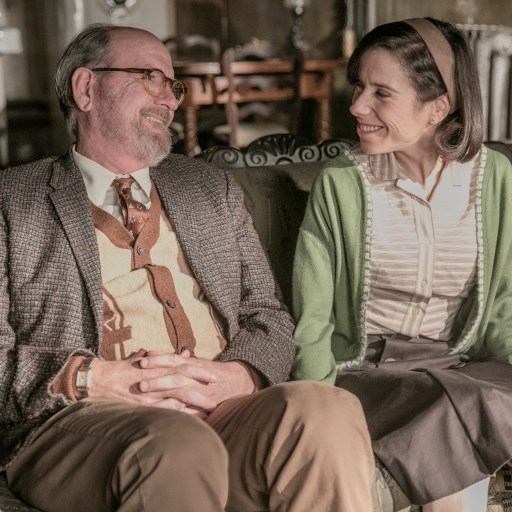Del Toro's Horror Elements
/You might be familiar with Guillermo Del Toro, the director of the recent Oscar winning film The Shape of Water; at the 2018 Academy Awards, the film took home four Oscars including Best Picture and Best Director, and was nominated for a total of 13. Because of this mainstream success, the movie has enjoyed an exposure to a much broader audience than it would otherwise have received. (Before the nominations were announced, the film was playing sporadically in ONE Ottawa cinema. And that cinema was in Kanata. I had to go to Kanata…)
IMAGE COURTESY OF 20TH CENTURY FOX FILM CORPORATION, 2017.
The Shape of Water is a lovely example of the ways in which Del Toro mixes genres to produce a unique final project: a heavy dose of fantasy, crime drama, and classic romance intersperse a piece of magical realism that is used to highlight and showcase the bright and exceptional qualities of the unseen and marginalized figures in everyday human drama.
Del Toro is well-known for the unusual and masterful ways in which he mixes genres, especially in the films he also writes, which tend to be more personal. A prime example is the 2006 Spanish-language film Pan’s Labyrinth, which is a beautiful and genuinely unsettling cauldron of historical tragedy, classic folklore and fairy stories, and horror (THE MAN WITH THE EYES ON HIS HANDS. Enough said). His Hellboy films also include an unusual mixture of comedy, science-fiction, and supernatural horror elements in an action/superhero film.
But I’d like to go back a bit further. Before Del Toro was an Oscar winner, before he was a director or producer of massive films such as Pacific Rim, Crimson Peak, and Mama, he was a Spanish-language horror director making independent gems with cult followings such as Cronos, Mimic, and one of my favourites, The Devil’s Backbone.
Made in 2001 before his first commercial successes, The Devil’s Backbone is a Spanish-language film that shares certain crucial similarities with Pan’s Labyrinth in terms of channeling the particular (and momentous) sorrows of the time period of Spanish history in which it is based, while remaining a solid and unflinching example of horror cinema—though perhaps not in the way you might expect.
Set at the end of the Spanish Civil War (Del Toro has called Pan’s Labyrinth, the events of which take place five years later in 1944 after the war has ended, its metaphorical successor), the films tells the bleak, uncompromising story of an orphanage run by a couple who are on “the wrong side”, as it were, loyal to the Republican cause that Franco’s Nationalist Movement is attempting to eradicate. Franco’s troops have already bombed the area, and the orphanage yard boasts a massive defused bomb which mysteriously never exploded when it fell (Important Symbol Number 1). While the war wages in the background of the film, seeming to creep ever closer to our central setting and to impose more and more immediate danger on the characters, another story is being told within the orphanage walls. It is a scary story, a story which the boys whisper to each other at night, a story to explain the inexplicable.
The figure at the heart of this film is a beautifully and intricately designed ghost-child who speaks very little but encapsulates the warped emotions caused by violent actions (Important Symbol Number 2). The film is a jarring harmony of the ghostly and the real, the horror elements only by-products of what man is capable of in the first place. The Big Bad isn’t the supernatural, just as it isn’t in Pan’s Labyrinth—that would be much too simple considering the context. The Big Bad is a story men tell themselves, of what it means to be “right” and what they feel they are entitled to do to others based on this belief.
Del Toro has found a remarkable way to communicate historical atrocity by using the horror genre. Historical fictions or dramas can’t convey the violent emotions and actions he is depicting; only horror, with its ability to evoke genuine fear, uneasiness, anxiety, and disturbed mindsets, can capture the truths of the story he is telling.
Meagan wants to eat your children. But she’s super fun.



